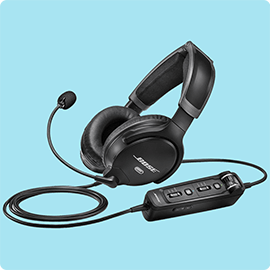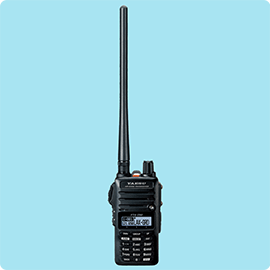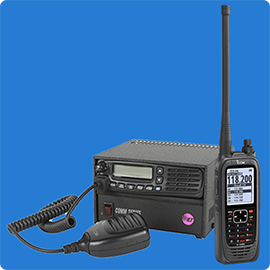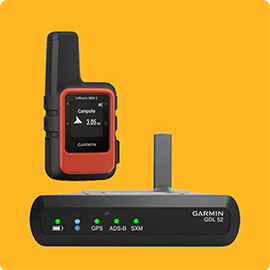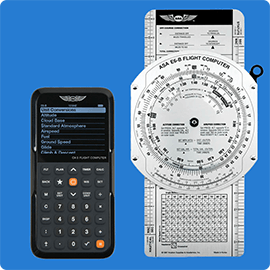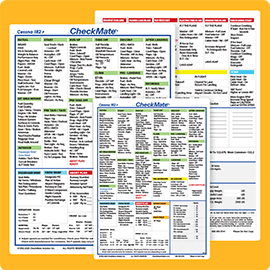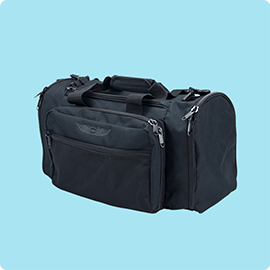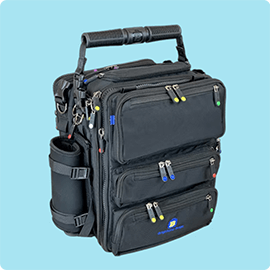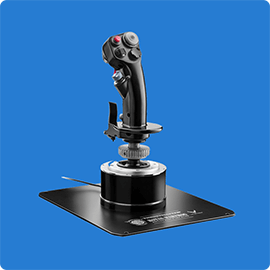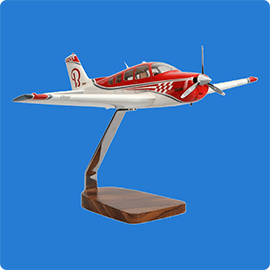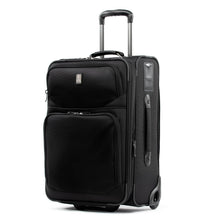The Pre-Flight Briefing - Pilot Shop Blog

Understanding the Slow Flight Technique
There has been a subtle but important shift in the definition of slow flight since 2018. Prior to 2018, the FAA considered slow flight to be an airspeed at which any further increase in angle of attack, increase in load factor or a reduction in power would result in an immediate stall.
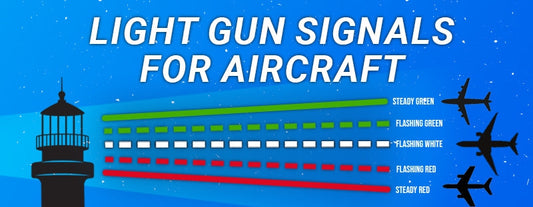
The 11 Light Gun Signals All Pilots Must Know (And How to Respond)
What do you remember about how to communicate with ATC if you lose radio comms or need to fly an aircraft without a radio? We all learned about light gun signals as student pilots, but we seldom quiz ourselves to check our retention.

How to Improve ATC Communication (Guide)
Would you trust your life to your communication skills? It may not be something you think about every day. Still, each time you get into the cockpit and put that headset on, you are doing just that. Safety and communication are directly related. A communication failure can quickly become catastrophic.

ANR Aviation Headset Buyers Guide

22 Famous Female Pilots That Left a Mark on Aviation History

Cockpit Lights: How to Choose the Right Set for Flying at Night
During a night flight, you will want a reliable and consistent way to illuminate your instrument panel. While newer aircraft will come with pre lit instruments, there are plenty of ways you can upgrade your existing instrument lights.
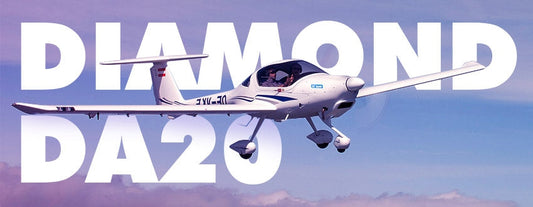
Diamond DA20 (Perfect Flight Training Aircraft)
As student pilots, CFIs, and flight schools weigh their options for trainer aircraft, they often consider time-honored classics like the Cessna 150, Cessna 152, and Piper Cub. However, there's another prime contender that's making waves in the aviation world – the Diamond DA20 Katana. This Austrian-designed tricycle gear plane not only checks all the boxes for the performance and handling characteristics pilots desire in a two-place trainer but also adds an attractive sporty style to the mix.
Let's learn more about this amazing aircraft!
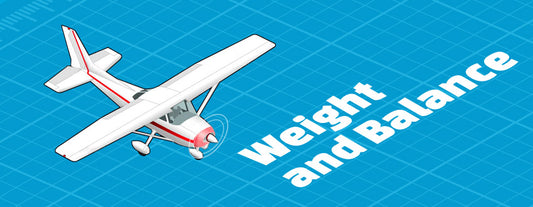
Aircraft Weight and Balance (The Essential Need-To-Knows)
A safe pilot is one who respects the importance of the aircraft’s weight and balance. In this guide we will review what weight and balance is as well as how to calculate it. We will also discuss some of the most common weight and balance mistakes that other pilots have made.
Let's start!

10 Tips on How to Buy a Plane and Save Money
“Buy a plane” and “save money.” Never thought you’d see those two phrases put together, did you? Now, to be fair, we’re not saying that buying a plane is likely to save you money as opposed to not buying a plane. We all know that’s not the case. The point is that when you’re in the market to buy a plane, it pays to do your homework and know how to save money on the purchase.

VFR vs IFR Explained: Differences Between The Flight Rules
If you've ever been curious about the aviation terms used at flight school, the influence of the Federal Aviation Administration (FAA), and the intriguing dance between VFR and IFR, you've found the right guide.
Think of VFR as your ticket to the skies on those picture-perfect, clear days, but if you want to become an IFR pilot, you're diving into the world of controlled airspace and navigating the unpredictable nuances of weather conditions.
Get out your notebook and let's cover the VFR vs. IFR debate together.
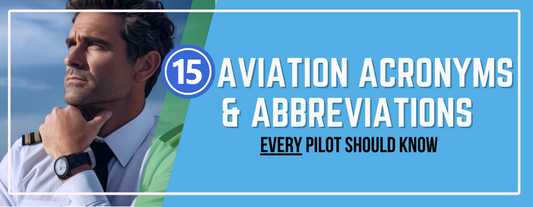
15 Aviation Acronyms & Abbreviations Every Pilot Should Know
One thing that I can say about my journey with becoming a pilot has been the realization of how much information we have to memorize. Trust me, it's a lot. Part of the oral examination process is proving how many rules, regulations, and requirements you remember and can relay off the top of your head.
In this guide, we'll explore all the most important acronyms every pilot needs to know.
Let's get to it!

Helicopter vs Airplane Differences: Safety, Speed, Ease of Flying
Have you ever wondered how is a helicopter different from an airplane? In this article, we will deep dive into the key distinctions between helicopters and airplanes, studying their unique characteristics and uncovering the reasons why these aircraft, though sharing the same airspace, cater to different aviation needs.

ILS Approach: Instrument Landing Systems Explained
You've made the switch to becoming an instrument-rated pilot, and now it's time to explore one of the most important tools for making a safe landing—the ILS (instrument landing system). For over half a century, this has been the cornerstone of flight safety for IFR pilots.
We want you to feel fully equipped to take on this challenging new journey, let us give you the full lowdown on the ILS! Ready to get started? Let's go!

Conquer Steep Turns and Rule the Skies (Step by Step)
Steeps turns require a lot of your attention and plenty of practice. During a steep turn, you must split your attention both inside and outside the aircraft while maintaining strict flight parameters.
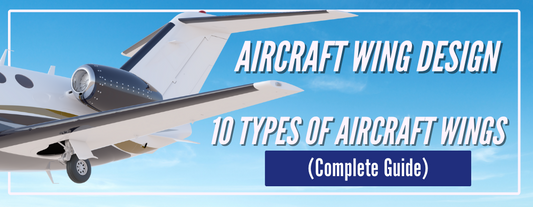
Aircraft Wing Design: 10 Types of Aircraft Wings (Complete Guide)
There is something that unifies all pilots together—an unwavering fascination with the wonder of flight and the multiple components that make everything possible. Among these components, aircraft wings stand out as a clear sign of the ingenuity of aeronautical engineering.
In this article, we will explore the diverse types of aircraft wings, delving into ten distinct designs that have left their mark on the history of aviation.
Ready fellow aviators? Let's dive in!

10 Tips for Using an iPad in the Cockpit
In our world of increasingly digital cockpits, the iPad is a useful tool for both professional and general aviation pilots. Gone are the days of flipping through multiple paper sectionals on a long cross-country flight. Many pilots have embraced the Apple iPad, iPad mini, or another tablet device in lieu of paper charts for flight planning, in-flight navigation and more.
Best Sellers
The most popular gear for pilots and aviation lovers.


